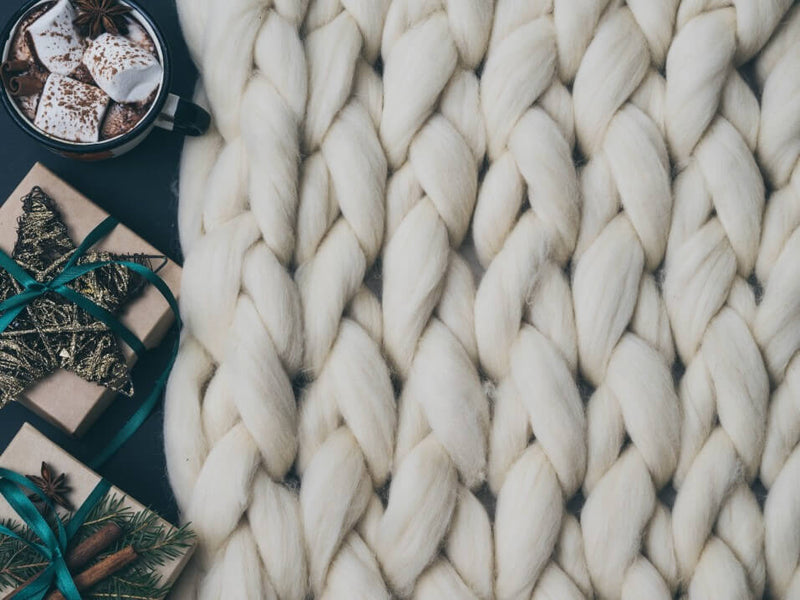Handy Info For Selecting Merino Wool Base Layers
Wiki Article
What Makes Yak Merino Wool Base Layers So Effective For Winter Sports Clothing With Regards To Natural Fiber Benefits?
Yak merino base layer are ideal for winter sports clothing due to their high performance and also due to the fact that they have natural fiber benefits as well as environmental sustainability. Biodegradable and renewable.
Both yak and merino wool are natural fibers that originate from animals (yak and merino sheep respectively). These are renewable resources that are harvested sustainably without harming animals. The fibers are biodegradable and are not harmful to the environment.
Low environmental impact
Natural fibers are less polluting than synthetic fibers. The cultivation and harvesting of wool require less chemical processes and are more reliant on non-renewable resources compared with synthetic fibers.
Energy Efficiency-
The manufacture of synthetic fibres such as nylon or polyester requires more energy. The energy required during the process of manufacturing natural wool is generally lower, contributing to reduced carbon emissions.
Reduced Microplastics Pollution
Natural wool fibers aren't able to pollute lakes with microplastics as do synthetic fibers.
Longevity, Recyclability and Durability
Yak-merino clothing is durable and can last for a long period of period of time. Wool fibers may also be recycled or repurposed in order to reduce waste.
Sustainable Practices
Certain wool producers and manufacturers adhere to ethical and sustainable practices that ensure animal welfare and responsible land management and fair labor conditions for the workers in the production chain.
Environmental Certification-
Assuring consumers of the sustainability of wool production is a way to demonstrate this through a certification like the Responsible Textile Standard (GOTS), or the Global Organic Textile Standard.
In the overall scheme yak Merino Wool base layers are environmentally sustainable because they are made with natural fibers, have minimal environmental impact, and incorporate ethical and sustainable practices into the supply chain. If you select natural fibers, such as yak merino for winter sports clothing you're supporting environmentally sustainable and sustainable consumption practices. View the most popular merino wool base layer hints for blog tips including sweaty betty ski base layer, lightweight merino wool base layer, ice breaker thermals, ski thermals, heavyweight merino wool base layer, ski thermals mens, merino wool base layers, smartwool base layer sale, smartwool 1 4 zip, ski thermals and more.

What Are The Benefits To Bamboo Clothing In Relation To Thermal Regulation? Uv Protection. Biodegradability. Environmental Impact.
Thermal Regulation-
Insulation- Bamboo fabric has natural thermal-regulating properties that provide warmth in cold temperatures while remaining air-conditioned. It regulates the body's temperature by holding warmth when temperatures drop and allows for airflow to prevent overheating while exercising.
UV Protection-
UV Resistance - Bamboo fabric provides natural protection against harmful ultraviolet rays. The bamboo fabric is able to block as much as a third the UV rayons.
Biodegradability-
The bamboo clothes are environmentally friendly. They can be biodegradable. They break down naturally and do not harm the environment. This helps to reduce the amount of waste and lessen the environmental impact of clothes that are thrown away.
Environmental Impact-
Sustainability: As a primary material bamboo is extremely eco-friendly. It grows rapidly and abundantly without the necessity of pesticides or chemical fertilizers, reducing the impact on the environment of cultivation. Its rapid growth rate is a renewable resource.
Bamboo requires a smaller amount of water when compared with other crops, like cotton. This makes it a more water-efficient crop. This is a major factor in water conservation and eases pressure on resources.
Soil Conservation
Soil health - Bamboo cultivation does not deplete soil nutrients and doesn't require large amounts of irrigation. This helps improve soil conditions and lessens the necessity for damaging farming practices.
Carbon Sequestration
Bamboo's carbon absorption capacity is impressive. Bamboo has the capacity to absorb CO2 and release it more efficiently than other species. This can reduce carbon dioxide emissions as well as combat global warming.
Bamboo clothing's benefits include thermal regulation, UV protection and biodegradability. Bamboo is also an ideal choice for people who are looking for sustainable clothing. These characteristics are in sync with eco-friendly practices that offer benefits for the wearer as well as for the environment. Have a look at the most popular bamboo clothing for website tips including bamboo t shirts womens, bamboo pants womens, bamboo clothing for women, faceplant pajamas, bamboo terry fabric, bamboo shorts womens, bamboo clothing, bamboo polo shirts, bamboo shirts wholesale, bamboo yoga leggings and more.

How Do Merino-Layering And Bamboo Clothing Compare With Regular Wool?
Merino wool bamboo clothing, regular wool are distinguished by distinct characteristic.
Softness Merino is known for having fine, soft fibers that are easy to wear. It's less likely than wool that is more traditional to cause irritation and itching.
Moisture-Wicking- Merino wool has excellent moisture-wicking properties, pulling moisture away from the skin, allowing it to evaporate while keeping the wearer dry and comfortable.
Merino is natural insulation that offers extraordinary warmth even when wet. It regulates temperature and gives insulation for cold weather, but also allows airflow even in hot temperatures.
Odor resistance- It stops the development of odor-causing bacteria, and helps keep clothes fresh, even after being used for long periods of time.
Bamboo Clothing-
Softness. Bamboo clothes are often similar in texture to silk and cashmere. It is silky soft on the skin offering a luxurious sensation.
Bamboo fabric wicks away moisture and draws moisture away from the skin to keep the wearer dry.
Temperature Regulation- Bamboo clothing has natural temperature-regulating abilities, offering warmth in winter and breathability to prevent overheating.
Sustainability - Bamboo is a extremely renewable resource that grows quickly without the need for fertilizers or pesticides. Bamboo is biodegradable, which means it has minimal impact on the environment.
Regular Wool
Texture - The texture of wool can be different with some wools being more coarse than others, and more likely to cause itching or discomfort.
Warmth- Wool is a great insulation, but can feel bulky and heavy.
Wool absorbs moisture. This means it is less efficient at moisture wicking in comparison to merino bamboo, or other types of fabrics. However, it retains warmth even in it is damp.
Merino wool is soft and is extremely moisture-wicking It is also resistant to odors and provides insulation. Bamboo clothing has a luxurious feel, moisture-wicking properties, temperatures regulation, and sustainable. Regular wool varies in texture and might not have the same softness or moisture-wicking capabilities as merino or bamboo, however, it does provide insulation and warmth. Each wool type is distinct and can be tailored to different styles of winter clothes. View the top rated read this on merino winter clothing for more examples including merino wool base layer women's sale, merino wool base layer hunting, smartwool merino 250, smart wool baselayer, cheap merino wool base layer, icebreaker baselayer, smartwool 250 women's, wool thermal underwear, merino wool long underwear, smartwool classic thermal merino quarter zip base layer top women's and more.
